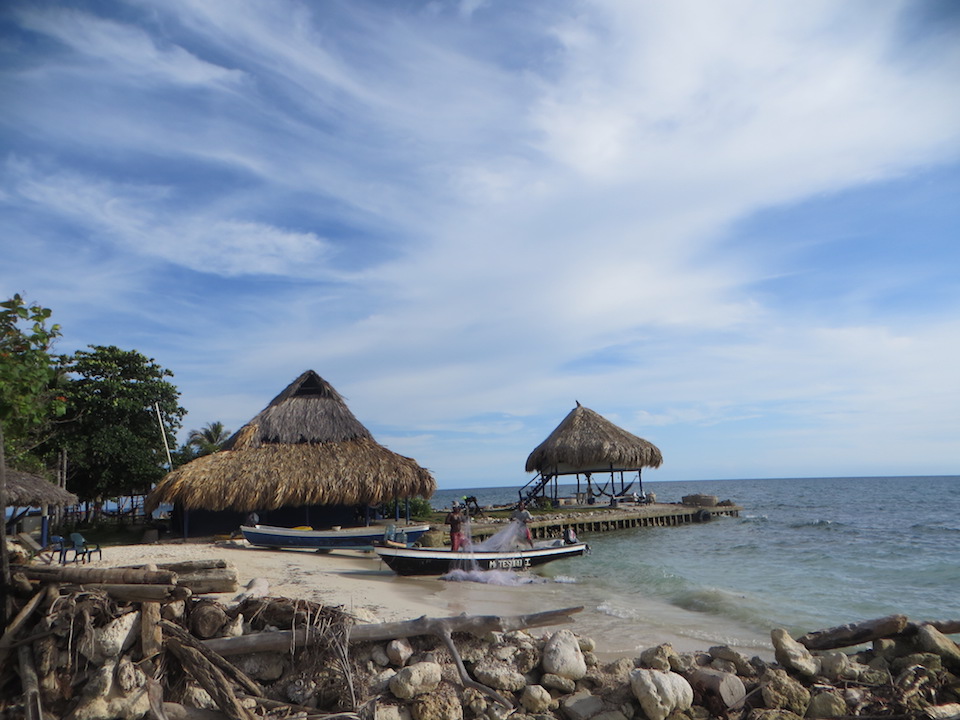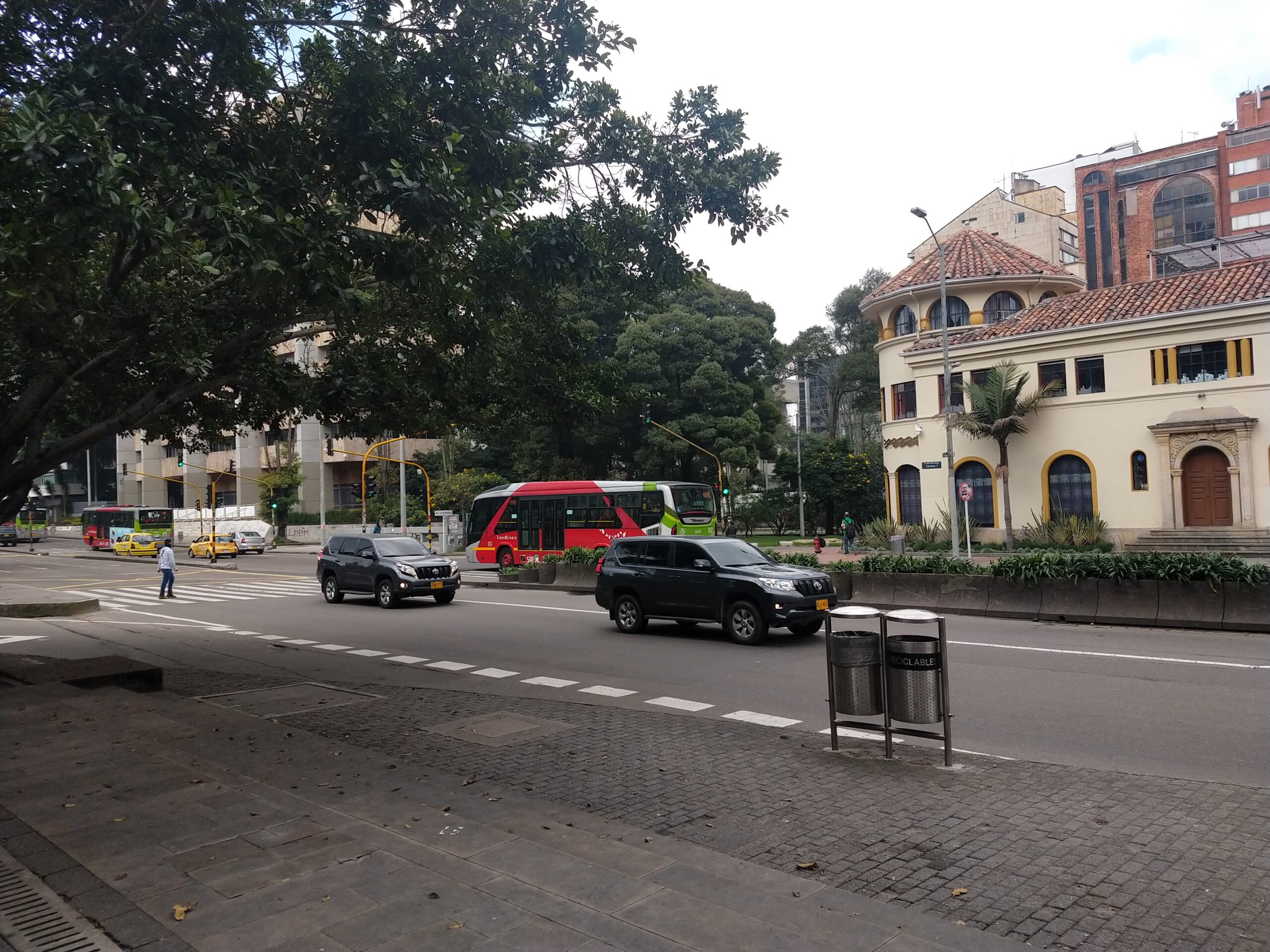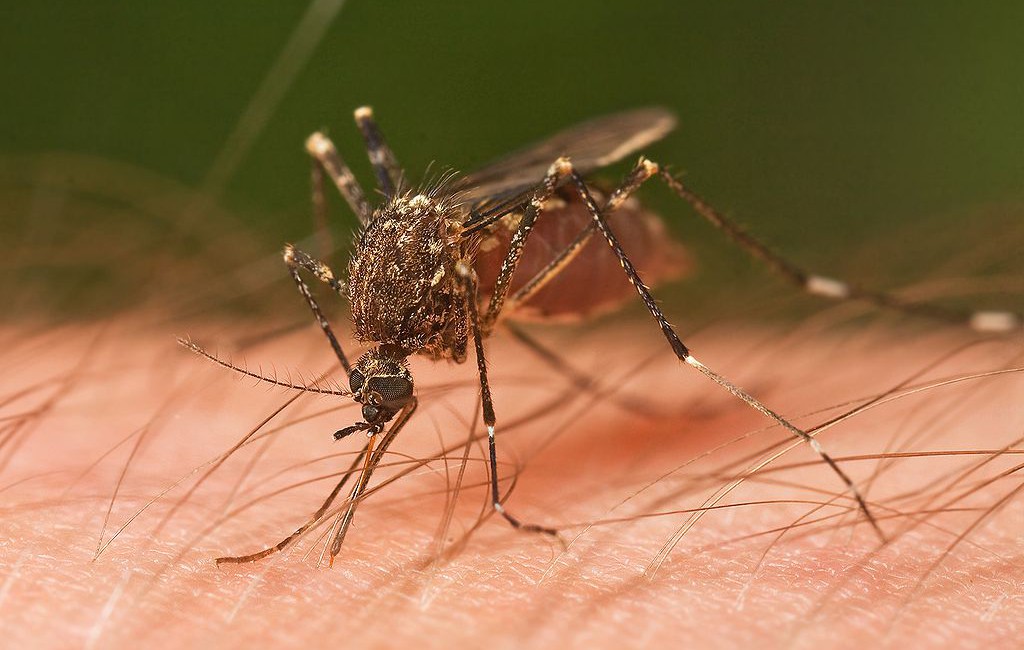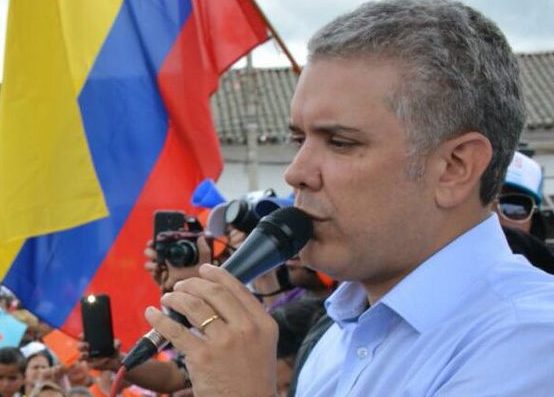We look at both presidential candidates’ positions on a range of key issues. Find out what Gustavo Petro and Rodolfo Hernández have to say about tourism.

Colombia is a world-class tourist destination with less than world-class numbers of visitors. In terms of potential for growth, tourism still has plenty to offer. In 2019, Colombia had reached 4.5 million foreign visitors. Then the pandemic kicked in and everything shut down for a while. With one of the world’s longest border closures, tourism went into a tailspin. Things got better in 2021 as domestic tourism – an often-overlooked sector – started to increase. It reopened before foreign visitors started trickling back. COVID is now largely out of people’s minds but has still had a significant impact. What’s next for the sector and what do the two presidential candidates promise?
Both Petro and Rodolfo note the importance of tourism to the economy. The former sees it as “one of the biggest generators of economic well being” and the latter says it’s “key for the development of the country.” Despite this, neither of them dedicate more than a page in their manifestos to the idea, which is a little worrying. At a point where tourism could become a major secondary motor for the economy, there are doubts over how seriously either candidate is treating it.
Rodolfo calls for better English in the tourism sector, but doesn’t provide details. He also wants to improve transport systems, hotels and gastronomic offerings. The first of that list could certainly be improved, so that’s a positive sign. Petro wants Colombia to work in accordance with the UNWTO, the world tourism organisation. He wants tourism to help bring societies in Colombia together and provide much-needed income to the regions. He hopes that increased tourism can build local communities and help them develop further autonomy.
Eco-tourism
Petro focuses mainly on the need for eco-tourism. He hits all the right notes in terms of buzzwords, but it may not surprise anyone who’s read our other articles on the candidate’s manifestos to learn that there is little in the way of concrete detail. This is important, as one of the big problems with ecotourism in Colombia is a lack of clear standards that are enforced and checked. There are schemes to monitor eco claims, but these don’t usually target greenwashers.
Read more: Election cheat sheets – Petro
Rodolfo notes that this sector is particularly attractive to foreign visitors and accordingly calls for more advertising abroad. He’s particularly focused on the national parks that he sees as the jewel in the tourist crown. He talks about the importance of sustainability in maintaining an equilibrium between the needs of business and protecting the biodiversity that makes such tourism possible. However, he’s come under criticism for comments that seem to imply he would like to see mass hotel development around Santa Marta, possibly endangering Tayrona national park, an emblem of Colombian tourism.
National tourism
Rodolfo makes a call for national tourism to be protected – specifically to organise prices and structures that don’t exclude Colombians (and probably foreign residents) from enjoying the country. This already exists in practice, with the national park system operating a graded payment scheme for different nationalities. He also wants airlines to reduce prices for internal flights, if necessary introducing new operators to the sector in order to increase competition. Petro doesn’t mention domestic tourism, instead focusing on the benefits that general tourism could have for local communities.
Read more: Election cheat sheets – Rodolfo Hernández
So where do we go next?
Put simply, it’s hard to know. Other articles in this series have focused on topics with much clearer aims and big reform calls. That’s simply not the case with tourism. On the one hand, the words and ideas are largely positive and in line with most modern tourism trends. On the other hand, it seems like both candidates are more comfortable attacking and changing existing structures than developing relatively putative sectors.
Mass tourism in Colombia is still in its infancy in many ways, especially in terms of foreign visitors. Taking the right path in the post-pandemic world could allow it to avoid the mistakes that some countries have made. Leaving the sector to its own devices and allowing unchecked expansion will be disastrous.





